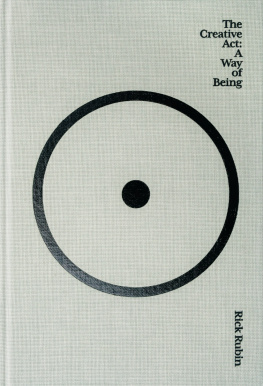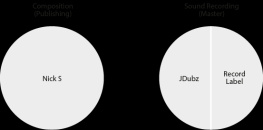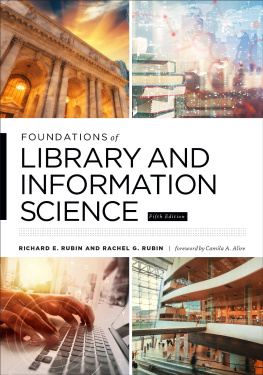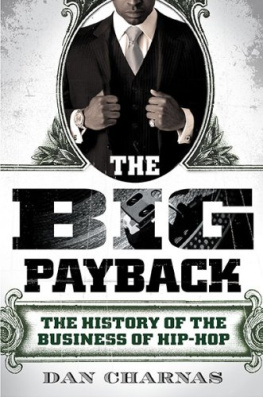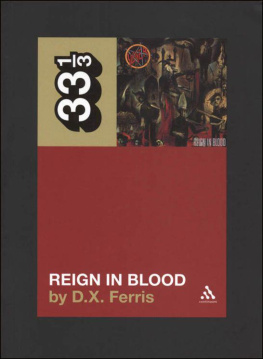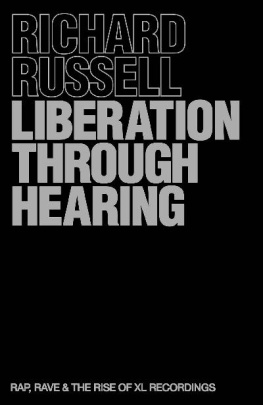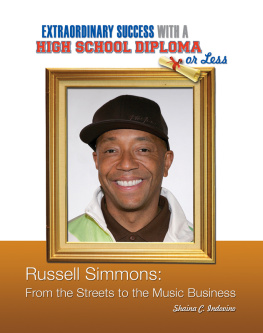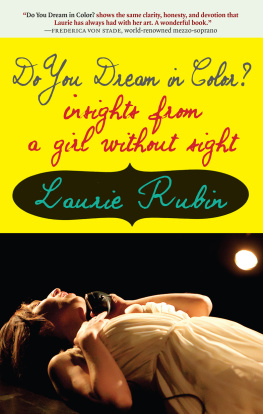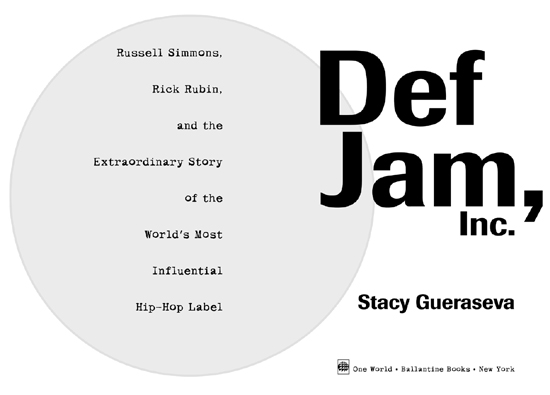Copyright 2005 by Stacy Gueraseva
All rights reserved.
Published in the United States by One World Books, an imprint of The Random House Publishing Group, a division of Random House, Inc., New York.
O NE W ORLD is a registered trademark and the One World colophon is a trademark of Random House, Inc.
Photographs of LL Cool J () copyright Glen E. Friedman, from the book Fuck You Too. Reprinted with permission of Burning Flags Press.
Library of Congress Cataloging-in-Publication Data
Gueraseva, Stacy.
Def Jam, Inc.: Russell Simmons, Rick Rubin, and the extraordinary story of the worlds most influential hip-hop label / by Stacy Gueraseva.
p. cm.
eISBN: 978-0-307-52039-5
1. Def Jam RecordingsHistory. 2. Simmons, Russell. 3. Rubin, Rick. 4. Sound recording executives and producersUnited StatesBiography. 5. Rap (Music)History and criticism. I. Title.
ML427.D44G84 2005
782.4216490922dc22
[B] 2004066261
www.oneworldbooks.net
v3.1
To Jules
Contents
Introduction
Why am I writing the introduction to this book? After all, I am only a tiny piece of this huge Def Jam mosaic that has inspired people around the world. Other than its obvious, ground-breaking recording artists, Def Jam developed a culture where an intern could one day become president of the company, where a messenger could become an A&R man, an unknown comedian, after appearing on The Def Comedy Jam, could go on to make $20 million a movie, where a graffiti artist could become one of the industrys most sought-after art directors, where a street corner poet could win a Tony for appearing on Broadway, and where a white DJ who started a record company out of his dorm room could become one of the most successful and prolific record producers of all time.
And by chance even me, the young, white, Jewish kid who Russell Simmons brought into his world and eventually recognized my unique abilities and enthusiasm for filmmaking, which gave me the break I needed. Russell saw something in me and exposed me to a life of hip-hop. He gave me the opportunity to shadow him during an important period in Def Jams history. The experience taught me things that could not be found in any book or on even the most wise street corner. Def Jams music and work aesthetic changed my life.
The first time I met Russell Simmons was in Washington Square Park, on the set of Run-DMCs Runs House video. It was 1987! I was sitting in my dorm room at NYUI was a sophomore at the Tisch School for the Artswhen Glen Friedman called me and said I should go by the Runs House set to meet Russell. Glen was Def Jams primary photographer at that time, and had shot the album cover for a white rap group I was producing, Big Man On Campus (BMOC).
While shooting the BMOC cover at Harvard University, Glen had suggested that I should pick up a classic hooded Harvard Champion sweatshirt for Russell, who loved Champion sweatshirts. It seemed like a strange request, but being a seventeen-year-old wide-eyed rap fan, I thought that maybe when you meet someone in the rap business, you have to come bearing gifts. So when I gave the sweatshirt to Russell on the set, he looked at me like I was some obsessed fan. When, in fact, I really wasnt. I got mad at Glen for suggesting the sweatshirt, but the next time I ran into Russell, he remembered me for it.
I was out every night during collegeDanceteria, Nells, the Milk Barand started seeing Russell out all the time. One time he saw me with a gaggle of models, so of course he came over to say hi. He had a mini Cadillac stretch back then and invited me and the girls along for the ride, going from club to club, driven by his long-time driver Kenny Lee. We ended up at Save the Robots, an Alphabet City after-hours club that opened at 5 a.m. We left at about noon and continued on that schedule for as long as I can remember. Its a miracle that I even graduated from NYU.
My relationship with Russell was initially based on our mutual admiration for beautiful women, and I knew them all. But my real dream since I was eight years old was not to be going out every night to clubs but to be a film director. So whenever I would complete a student film, I would show it to Russell for his approval. He would watch and then say, Great, now lets go out and chase some models! Not that he wasnt interested in my work, but going out was definitely more interesting.
Lyor Cohen, however, took notice of the fact that I was in need of some attention when it came to my films. He was always going over to Russells house to show him the latest Def Jam video (there were very few at the time), and Russell and Lyor would always ask for my opinion, too, whether it was because I was a film student or because I was always around. I had a feeling Lyor had no idea if a video was good or not, but it felt good that it was left up to Russell and me to decide. It was like another film school for me.
Russell always gets the credit for discovering me but it was Lyor who gave me my first directing job. He hired me to direct some public service announcements for Public Enemy on topics like black-on-black crime and safe sexall part of his strategy to clean up Public Enemys image after Professor Griffs anti-Semitic statements. The six PSAs I directed played constantly on The Box and BET, and I could tell that Russell was proud of me, but I was nervous about directing music videos for Def Jam. Would Russell still be my friend if I did a bad job?
In 1992, Russell and I decided to go to my hometown of Miami for a Public Enemy concert. We shared a room at The Marlin on South Beach. After the show, Russell and I went backstage, where Chuck D. mentioned that they were going to shoot a video for their new single, Louder Than a Bomb. He recognized me as the director of their PSAs, and said to Russell, Can Brett shoot the video? Russell said, with me standing right by his side, Brett who? Chuck pointed to me and said, Brett. White man Brett. Your friend. Russell reacted like the proudest father in the world. His face lit up and he said to me, Do you wanna do it? Of course I said, Yes. Suddenly, I went from being the white kid Russell would go clubbing with to being his Jewish son. From then on, Russell introduced me to everyone as his adopted son.
For the Louder Than a Bomb video, I followed Public Enemy on their tour with U2, city to city, through airports, arenas, and grocery shopping trips with Flavor Flav and his many kids. The video I shot was in black and whitethe first of its kind for a documentary-style concert video. When it was finally delivered to MTV, they immediately added it to the rotation, and the strategic Bono cameo ensured continuous broadcasting. But something else happened when the video debuted that was even more defining for me, for other directors, and for the quality of future music videos. MTV credited the director of the video. And mine was the very first credit. What luck. All of a sudden, Russell started getting calls from artists, asking Can Brett do my next video? This time, he didnt have to ask, Brett who?
Erick Sermon called and asked me to direct the video for Tonights Da Night from Redmans debut LP, Whut? Thee Album. The buzz on Redman was huge, and Def Jam needed a hit desperately. He suggested we shoot in front of his home in Newark, New Jersey, so that he didnt have to wake up too early. I got my film crew together one morning in a van and we set out for Newark, where Redman lived with his parents. While we waited for him to come out, we filmed shots of the Jewish cemetery right across the street. Hours later, Redman finally emerged with a huge tissue hanging from his nose. I was only able to get one take because he kept going, then got into his car and drove away. My crew jumped in the van and followed.


